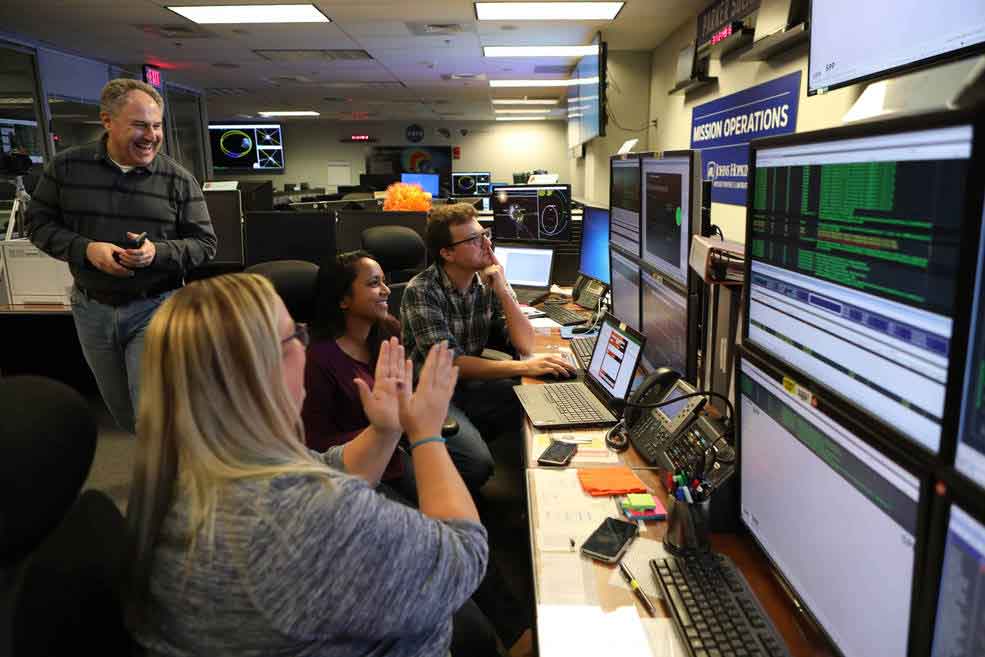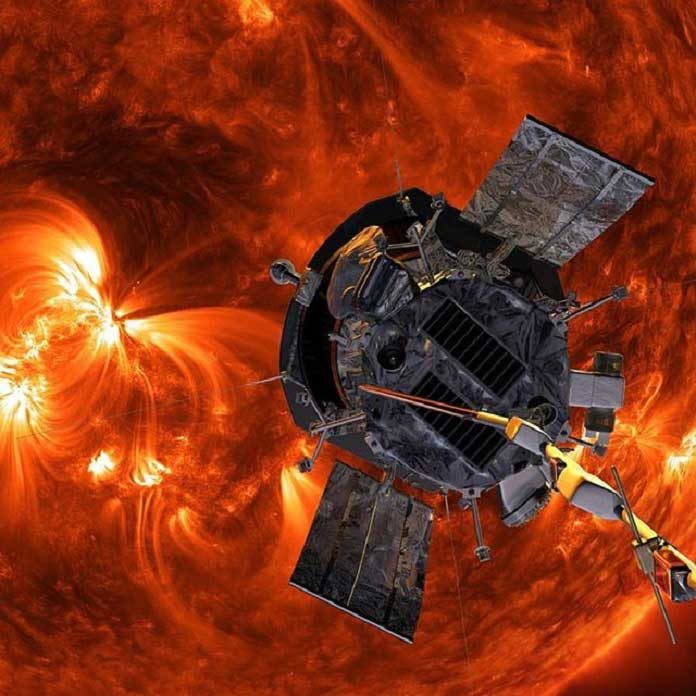Parker Solar Probe recently made a history by being the closest ever approach to the Sun by a human-made object. Parker Solar Probe is alive as a fiddle subsequent to skimming by the Sun at only 15 million miles from our star’s surface. This is far nearer than any rocket has ever gone.
Mission controllers at the Johns Hopkins University Applied Physics Lab received the status beacon from the spacecraft at 4:46 p.m. EST on Nov. 7, 2018. The beacon indicates status “A” — the best of all four possible status signals. The status suggests that the probe is functioning good well with all instruments running and collecting science data and, if there were any minor issues, they were resolved autonomously by the spacecraft.

Credits: NASA/Johns Hopkins APL/Ed Whitman
At its nearest approach on Nov. 5, called perihelion, Parker Solar Probe achieved the best speed of 213,200 miles for each hour, setting another record for shuttle speed. Alongside new records for the nearest approach the Sun, Parker Solar Probe will more than once break its very own speed record as its circle moves nearer to the star and the shuttle ventures quicker and quicker at perihelion.
At this distance, the intense sunlight heated the Sun-facing side of Parker Solar Probe’s heat shield, called the Thermal Protection System, to about 820 degrees Fahrenheit. This temperature will climb up to 2,500 F as the spacecraft makes closer approaches to the Sun — but all the while, the spacecraft instruments, and systems that are protected by the heat shield are generally kept in the mid-80s F.
